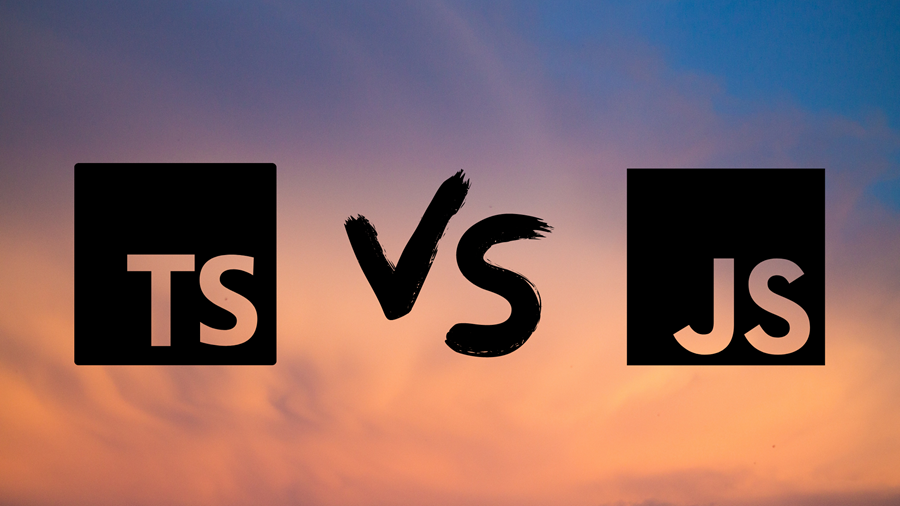TypeScript vs JavaScript: Key Differences
In Web development, JavaScript is the most popular and widely used programming language. On the other hand, TypeScript is a superset of JavaScript that is gaining traction in the development of Web applications.
TypeScript has a number of advantages for software developers, including the ability to construct Web apps faster and more efficiently.
In this post, we will look at the key differences between these two languages and compare their features.
Table of contents
- What is JavaScript?
- Characteristics of JavaScript
- What is TypeScript?
- Characteristics of Typescript
- Difference between JavaScript and Typescript
- Conclusion
What is JavaScript?
JavaScript is a high-level interpreted scripting programming language. It is sometimes simply referred to as JS. Unlike most popular programming languages, which require a compiler to compile the language, JavaScript converts JavaScript to machine code using an interpreter.
Brendan Eich created the JavaScript proposal in ten days in May 1995. LiveScript was the initial official name for JavaScript, which was included in Netscape Navigator 2.0. The Mozilla Foundation now manages JavaScript, which was originally maintained by Netscape. JavaScript was accepted as a standard by ECMA International in 1997. ECMAScript 2019 is the most recent version of JavaScript.
JavaScript libraries and frameworks: Open-source developers are increasingly using JavaScript to create JS-based libraries and frameworks. Some of the JS frameworks are being utilized to create world-class, scalable enterprise apps and applications. Angular, React, Node.js, Vue.js, and Backbone are some of the most popular JS frameworks.
Characteristics of JavaScript
Following are the characteristics of JavaScript:
- JavaScript is a scripting language for high-level programming.
- JavaScript is a multi-paradigm programming language that may be used to write event-driven, functional, or imperative code. JavaScript has a structured programming syntax comparable to C and supports typical statements such as if statements, while loops, switch statements, and do-while loops.
- While JavaScript is mostly used on the client-side in the user's browser, it may also be used on the server. Also, there are a number of JavaScript-based libraries and frameworks available today.
- The majority of Web sites are made up of JavaScript coupled with HTML and CSS. JavaScript is used for functional coding, while HTML and CSS are utilized to create Web pages (user interfaces).
- JavaScript is supported by the majority of web browsers, including Google Chrome, Microsoft Edge, Apple Safari, and Mozilla Firefox.
- JavaScript is a dynamically typed language, which means - the type of an object or variable is determined at runtime, and thus the same variable can store many kinds and values.
- While JavaScript is not an object-oriented programming language in the strictest sense, it is close. Objects, properties, and functions are all concepts in JavaScript. Prototypes are used to support object inheritance.
- In JavaScript, a function is a first-class member. That is, a function is treated as an object with its own set of attributes and methods.
What is Typescript?
TypeScript is a superset of JavaScript that is strongly typed. JavaScript now has static types thanks to TypeScript. TypeScript adds tightly typed declarative structure to JavaScript programming, making it a comprehensive programming language. TypeScript is compliant with native JavaScript and leverages the JavaScript and C# syntaxes. Large open-source projects, such as Angular, are now built with TypeScript.
Microsoft created TypeScript for developers who wish to create scalable JavaScript apps while also bringing their knowledge and experience from structured and current programming languages like C# and C++.
Without having to worry about JavaScript syntaxes, a C# developer can use classes, types, objects, properties, and functions.
A transcompiler, sometimes known as a transpiler, is a source-to-source compiler that converts one language into another. The TypeScript transpiler is a program that transforms TypeScript code into JavaScript code.
Characteristics of Typescript
Following are the characteristics of Typescript:
- TypeScript is an open-source programming language created by Microsoft that adds types to JavaScript. TypeScript is compatible with any platform, device, or browser. On Github, you can find the TypeScript source code and project.
- TypeScript is a language with a static type system. That is, before utilizing variables and objects, you must specify their type.
- TypeScript extends JavaScript with optional types, classes, and modules.
- TypeScript includes tools for developing large-scale JavaScript applications that doesn't depend on the browser, or host, or operating system.
- TypeScript is compiled into standards-compliant, legible JavaScript.
- Because TypeScript extends the syntax of JavaScript, any existing JavaScript programs will run in TypeScript without modification.
- As a Node.js package, you can install the command-line TypeScript compiler.
Difference between JavaScript and Typescript
Conclusion
While JavaScript is the mother of all Web programming languages and is used on the majority of websites, TypeScript is a new object-oriented programming language that provides a superior structure for managing huge Web projects.
